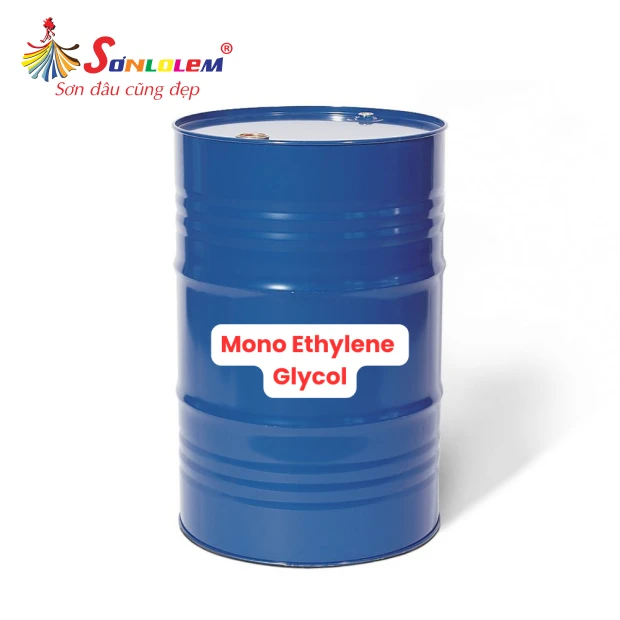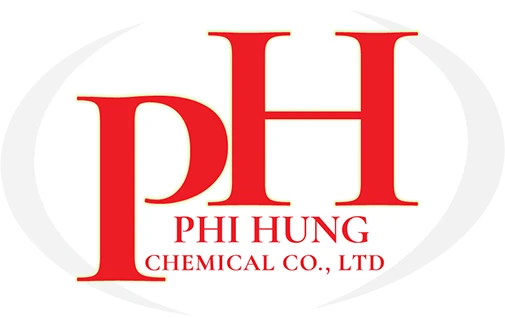

Mono Ethylene Glycol
Product information:
Mono Ethylene Glycol (MEG) – Properties, Applications, and Safety
What is Mono Ethylene Glycol?
Mono Ethylene Glycol (C₂H₆O₂) is a transparent liquid with a mild odor, high boiling point, and low volatility. It is a highly toxic organic compound primarily used in antifreeze formulations. Mono Ethylene Glycol is also known by other names, such as Hydrocarbonic acid and Ethylene Glycol.
Chemical Formula: HOCH₂-CH₂OH
Mono Ethylene Glycol is highly soluble and can dissolve in most solutions. It freely dissolves in water, ethanol, glycol ether, phenol, and various other substances. Additionally, it can dissolve in both animal and plant oils, inorganic acid salts, bases, and other natural substances. However, it has low or no solubility when in contact with certain materials such as rubber, plastics, wax, and saturated hydrocarbons.
Physical and Chemical Properties of Mono Ethylene Glycol
- CAS Number: [107-21-1]
- Molecular Weight: 62.07 g/mol
- Density: 1.1132 g/cm³
- Chemical Formula: HOCH₂-CH₂OH
- Molecular Formula: C₂H₆O₂
- Odor: Odorless
- Color: Colorless
- Vapor Pressure: 0.5 kPa
- Viscosity: 16.1 cP
- Boiling Point: 196-199°C
- Freezing Point: -12.3°C
- Evaporation Rate (Ether = 1): 2500
Applications of Mono Ethylene Glycol
- Natural Gas Industry: Used to remove water vapor from natural gas, ensuring safety during processing and improving product quality.
- Solvent and Synthesis: Serves as a raw material for chemical synthesis and as an industrial solvent.
- Water-Based Fluids: A component in water-based fluids for controlling underwater oil and gas production equipment.
- Humectant: Used as a humectant in the tobacco industry and paper adhesives.
- Dyes and Coatings: Used in fabric dyes, wood stains, and shoe polish.
- Intermediate for Chemical Production: Reacts with carboxylic acid hydride to produce synthetic rubber, adhesives, and coatings.
- Wood Preservation: Helps restore wood products affected by fungal decay over time.
- Polyester Fiber Production: The main raw material for polyester fiber manufacturing, widely used in construction, automotive, textiles, shipbuilding, and consumer goods like food wrap, tapes, disks, and plastic bottles.
- Cleaning Solutions: When combined with isopropyl alcohol, it forms an effective cleaning solution.
- Engine Cooling: Used in vehicle engines due to its ability to reduce heat efficiently.
- Antifreeze: Due to its low specific heat capacity, it serves as an antifreeze agent in engines, windshields, aircraft, and heat transfer systems. It also enhances corrosion resistance in cooling devices like fans and air conditioners.
Safety and Environmental Impact
- Flammability: Mono Ethylene Glycol is highly flammable and reacts with many oxidizing agents. Exposure to high temperatures, direct sunlight, or fire can cause combustion. In case of fire, CO₂ or alcohol-resistant foam should be used for extinguishing—water should be avoided.
- Toxicity: This chemical is highly toxic yet has a sweet taste, making it attractive to children and animals. This poses a severe risk, as it undergoes oxidation in the stomach, forming glycolic acid and then oxalic acid, which is highly toxic. If ingested, immediate medical attention is required to remove the toxin before it spreads to internal organs, as it can be fatal.
- Occupational Safety: Workers handling Mono Ethylene Glycol should wear protective equipment such as gloves, masks, and respirators. Hands should be washed thoroughly after exposure.
- Food Industry Restriction: It is strictly prohibited in food processing. Although it is permitted in some pharmaceutical applications, its usage must follow strict dosage regulations.
- Environmental Impact: Mono Ethylene Glycol decomposes in air within 10–15 days. If disposed of in water or soil, it takes approximately 3–4 weeks to degrade, depending on the quantity.
Storage and Handling Conditions
During transportation and storage, Mono Ethylene Glycol should be kept in well-ventilated areas, away from direct sunlight, flames, and high temperatures. Since it is highly flammable, containers should be sealed tightly to prevent leaks and ignition hazards.


 Tiếng Việt
Tiếng Việt